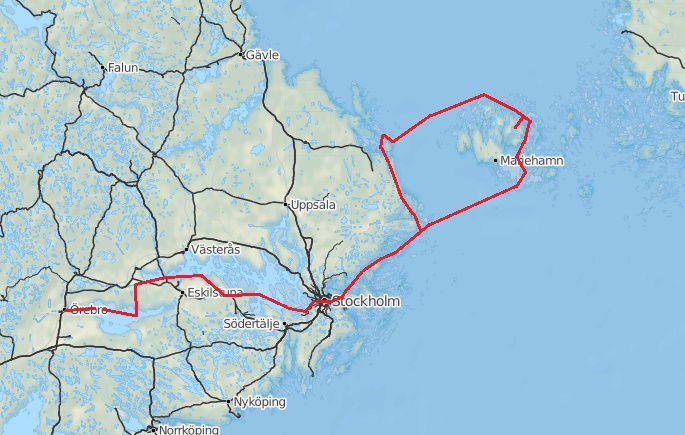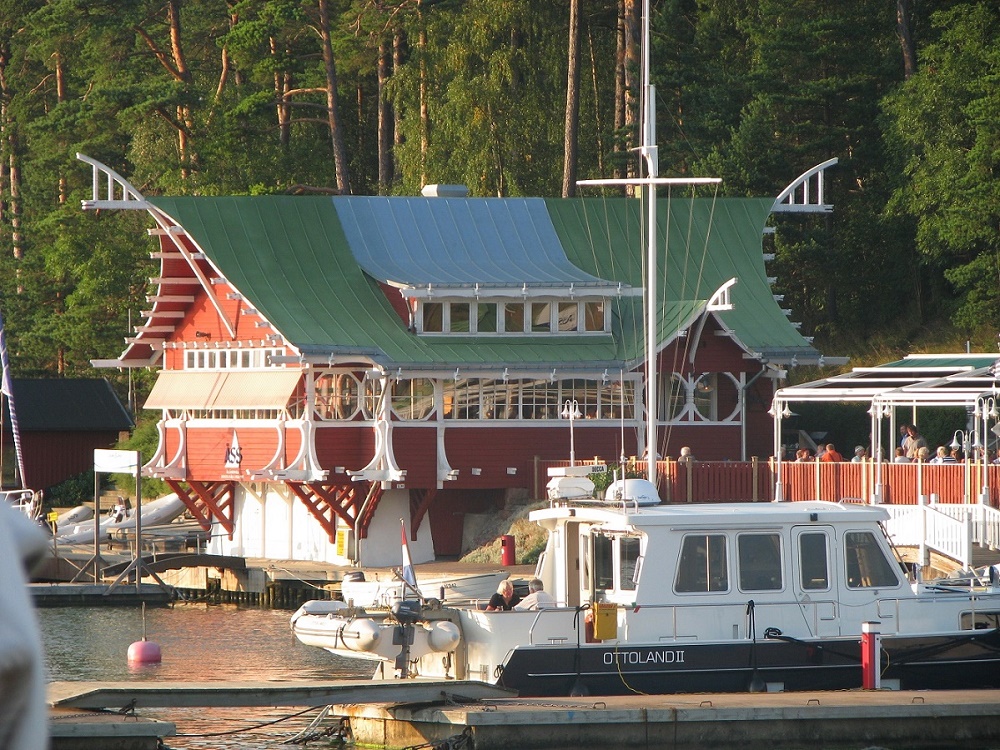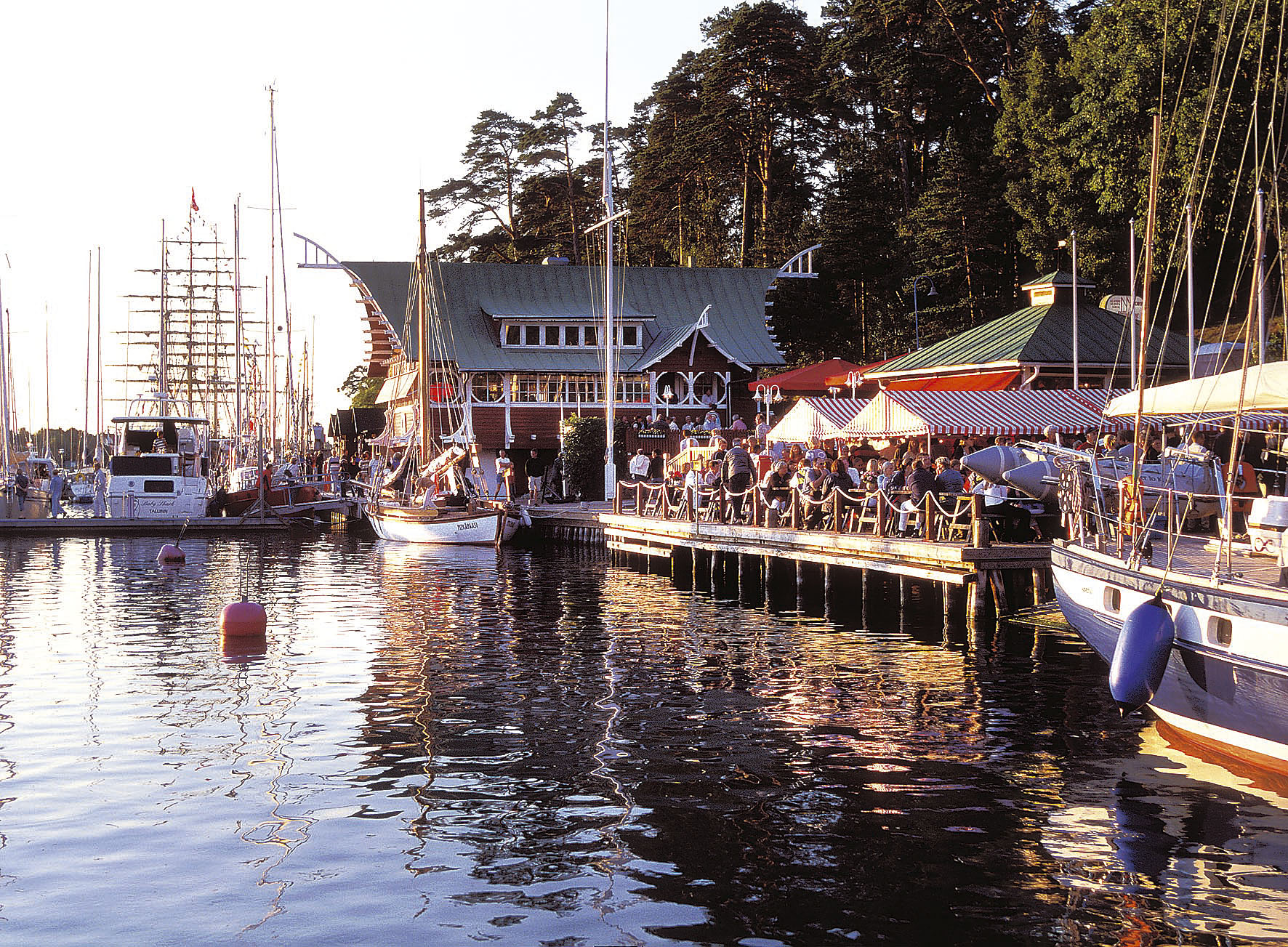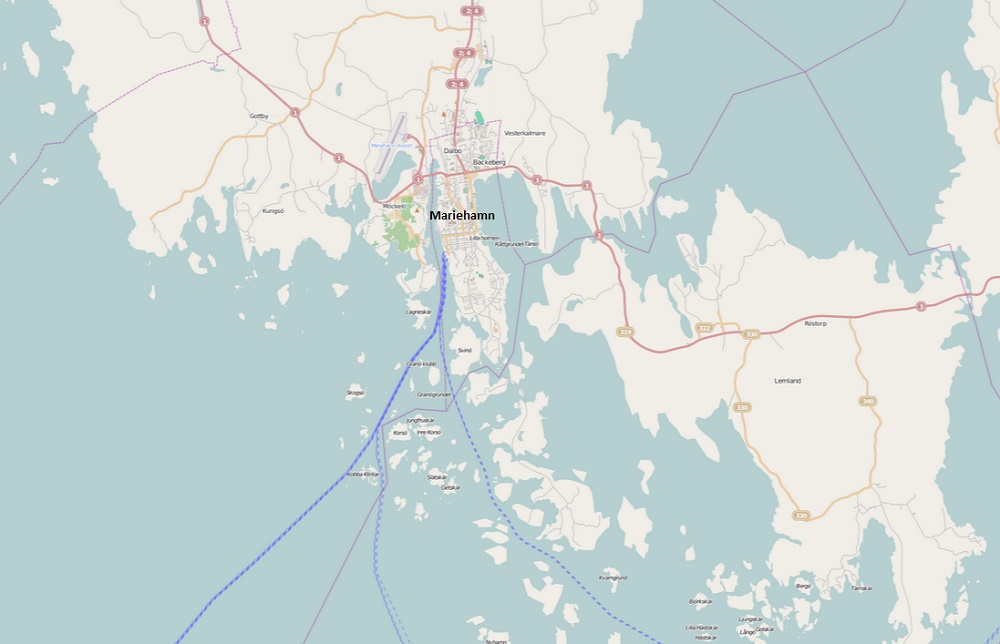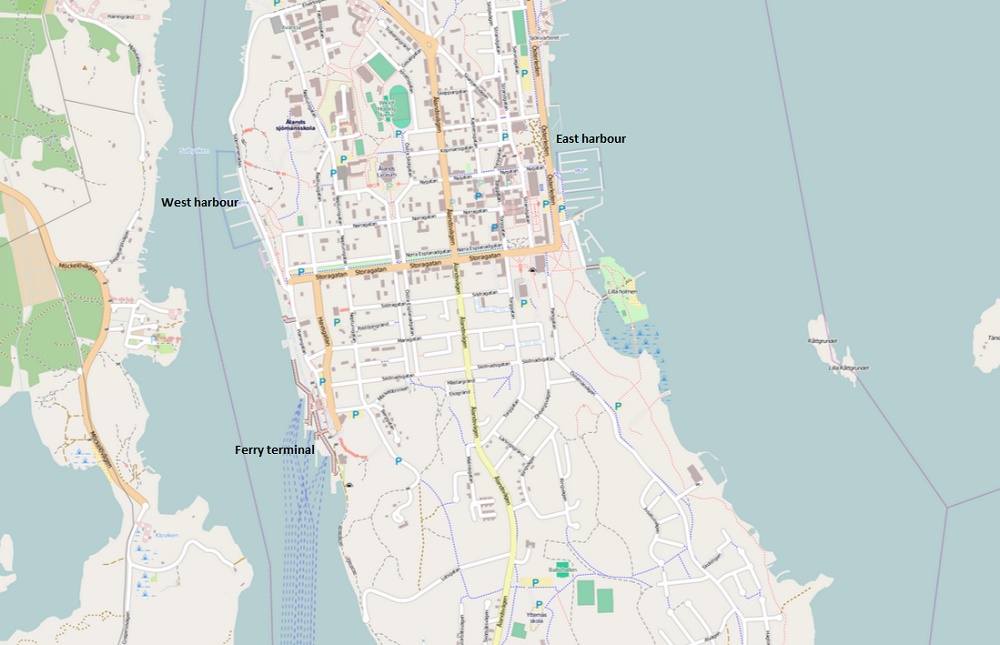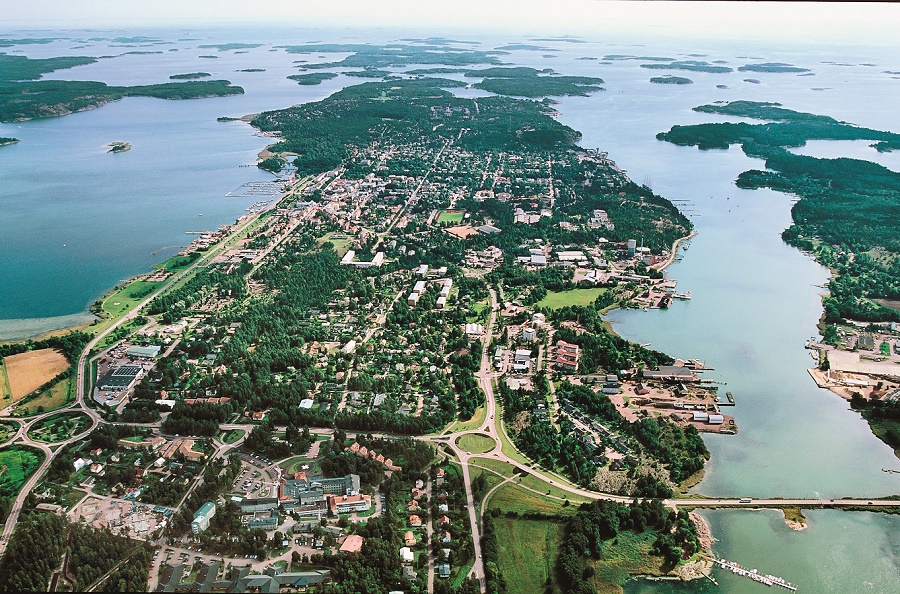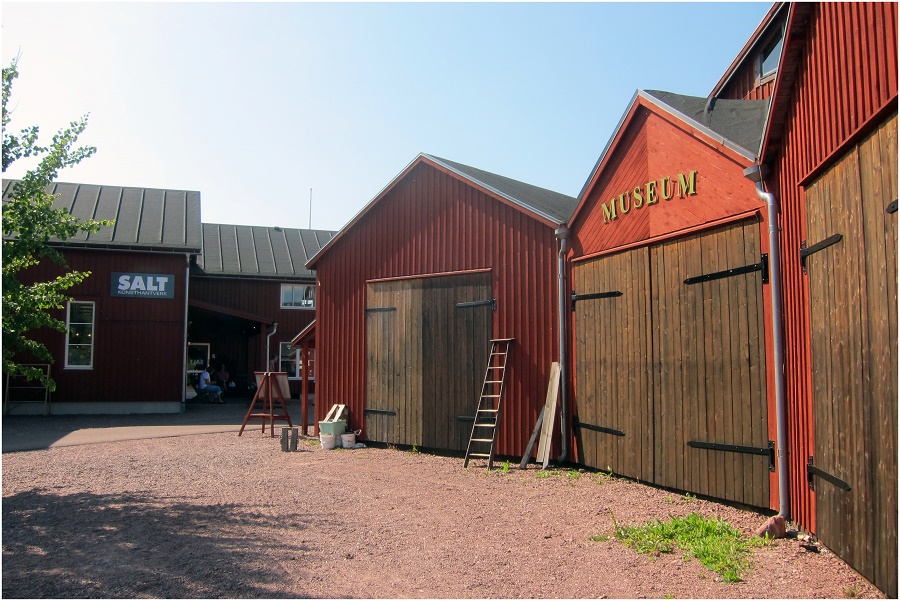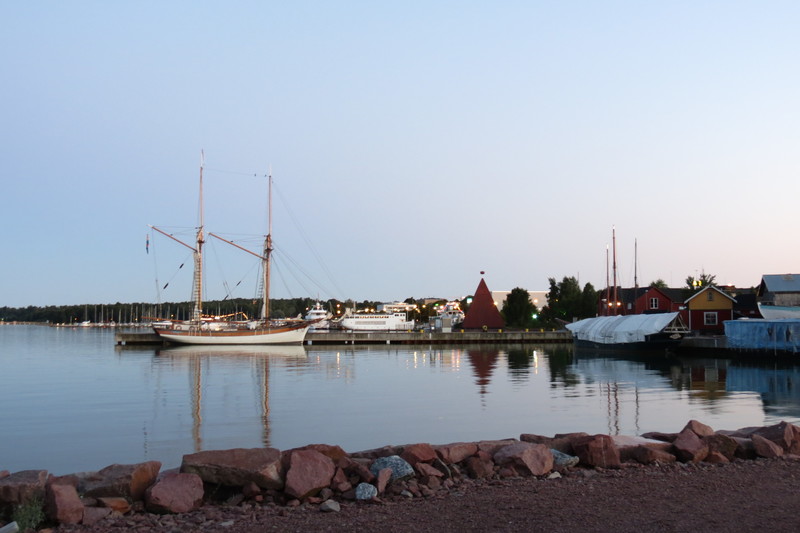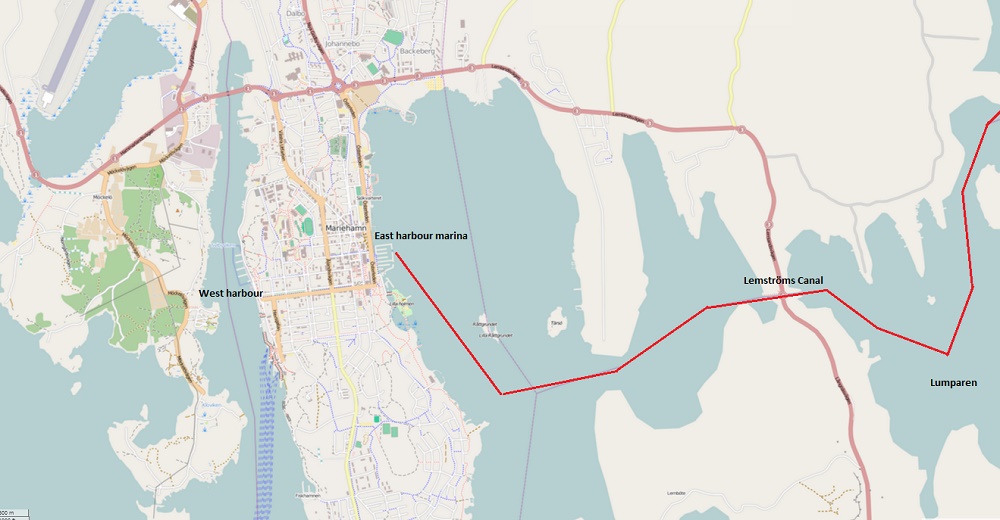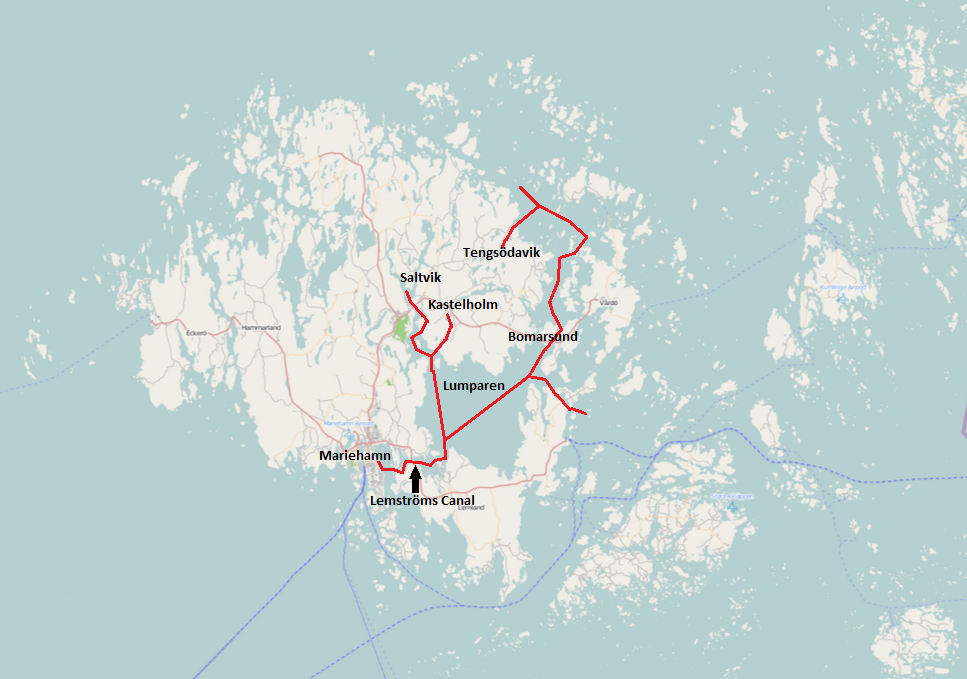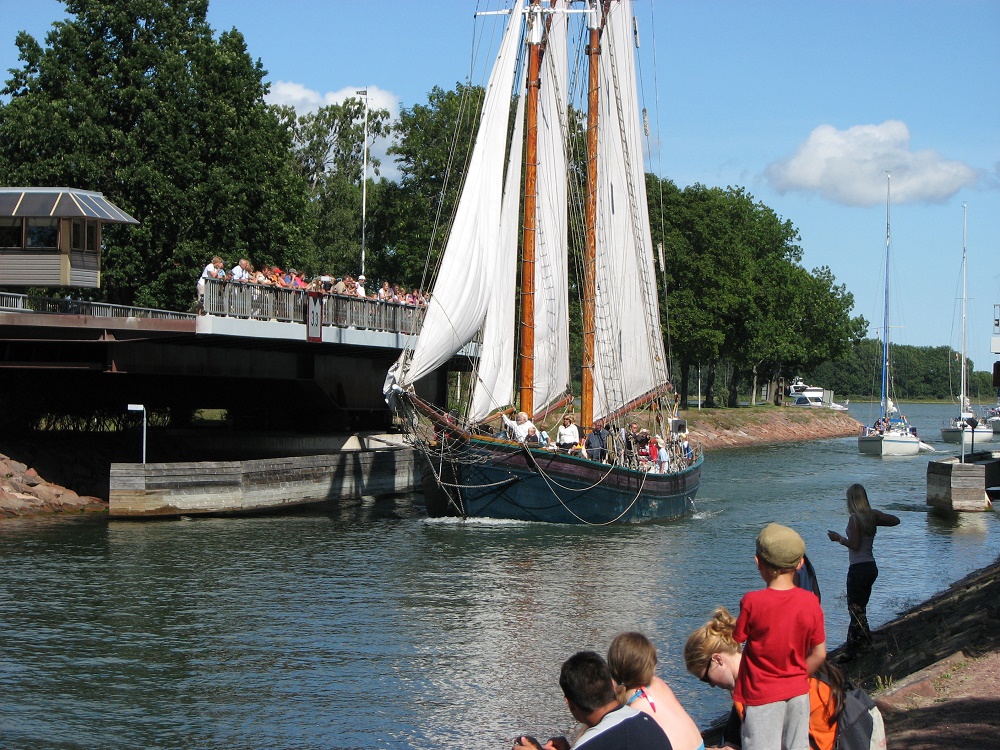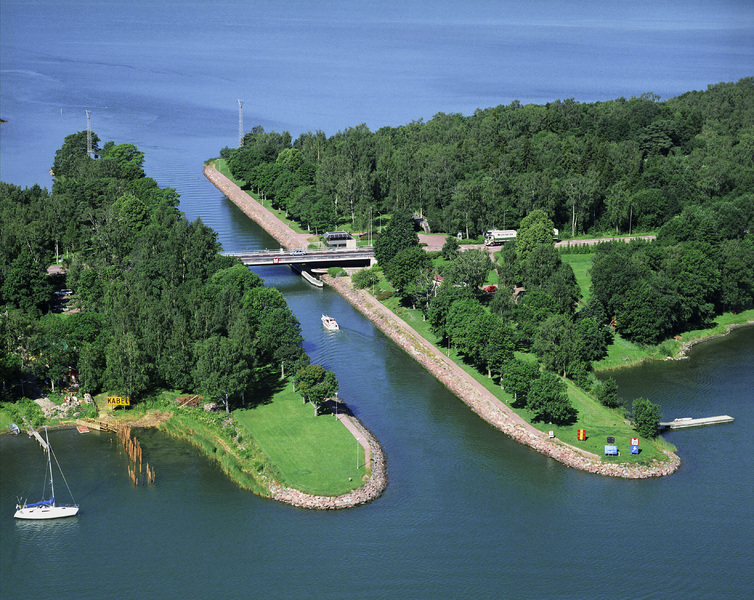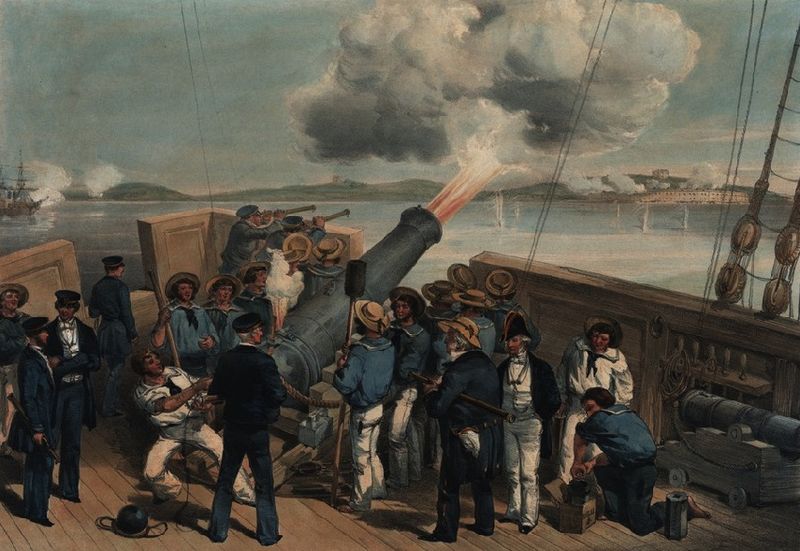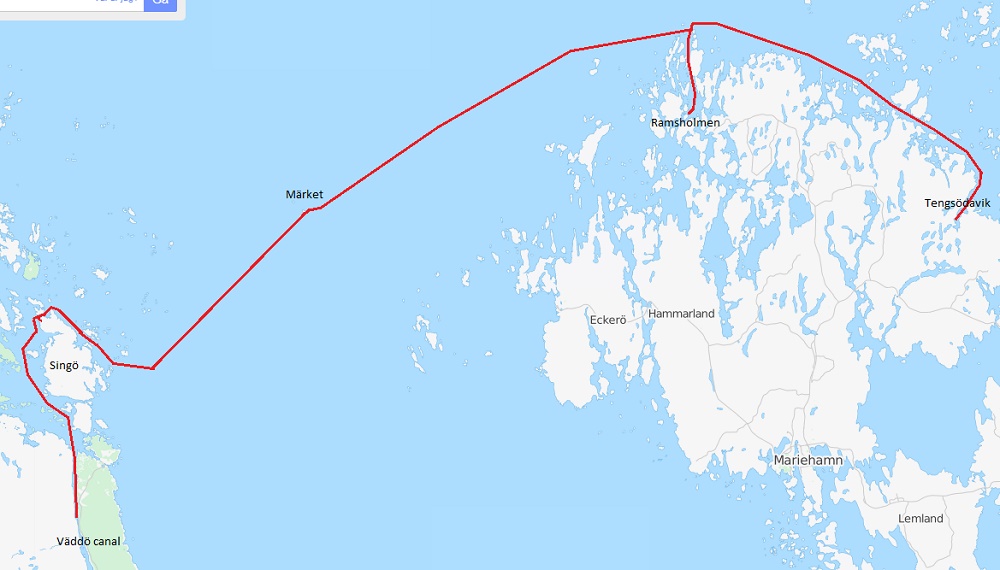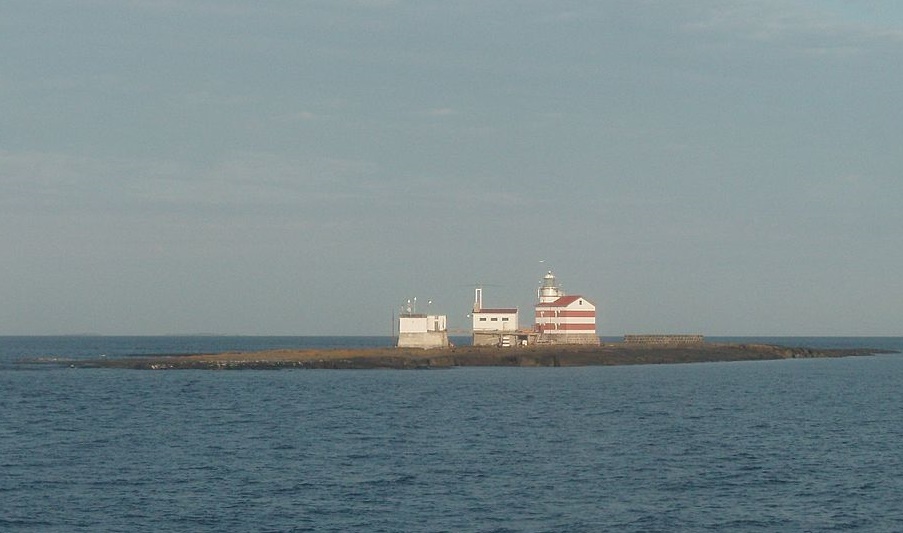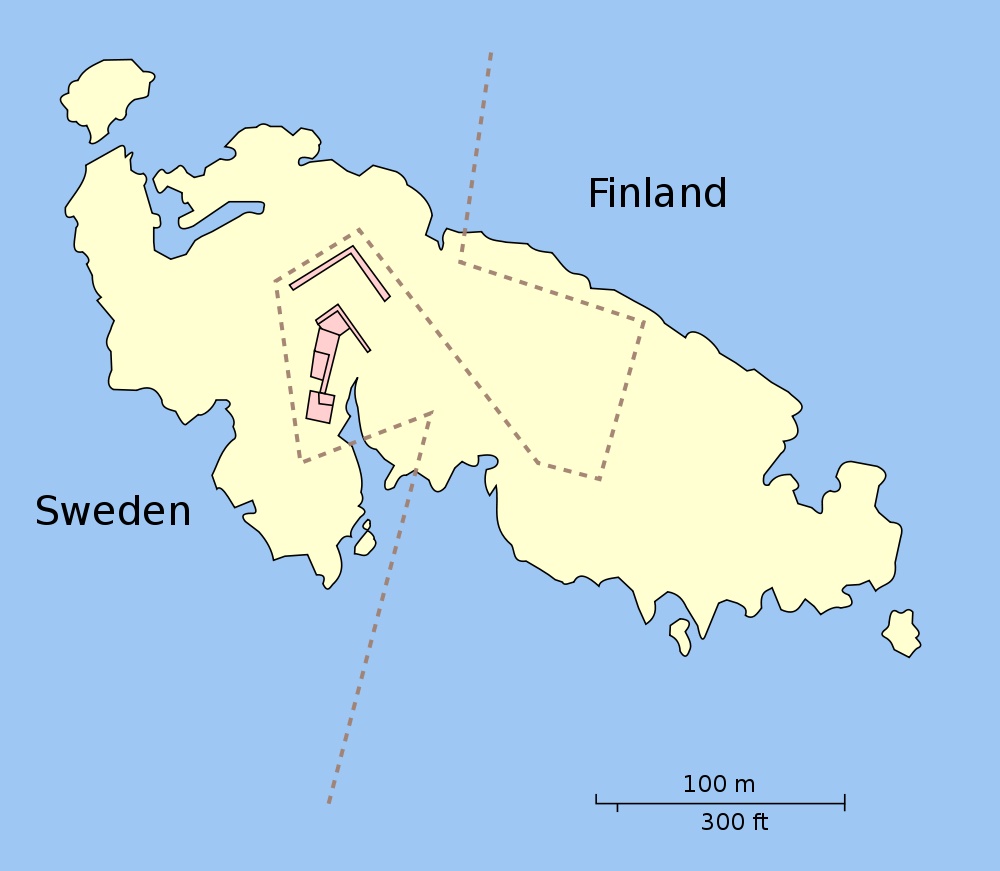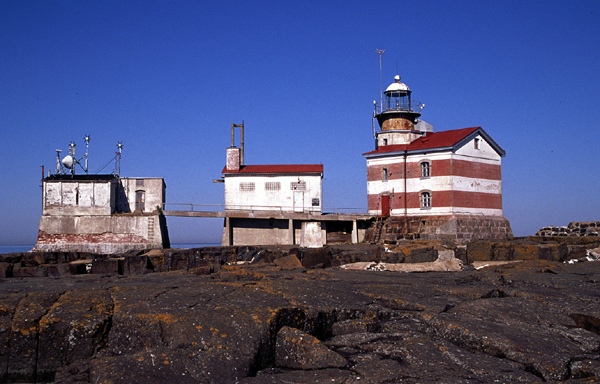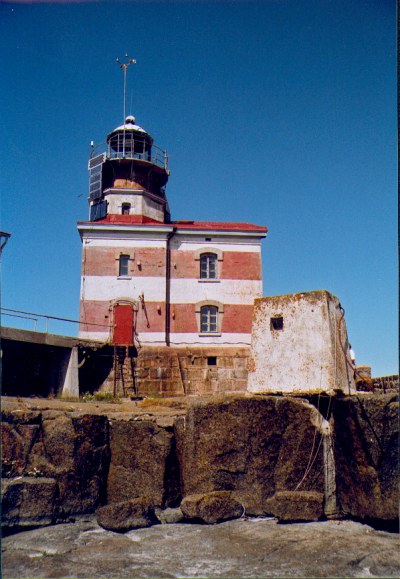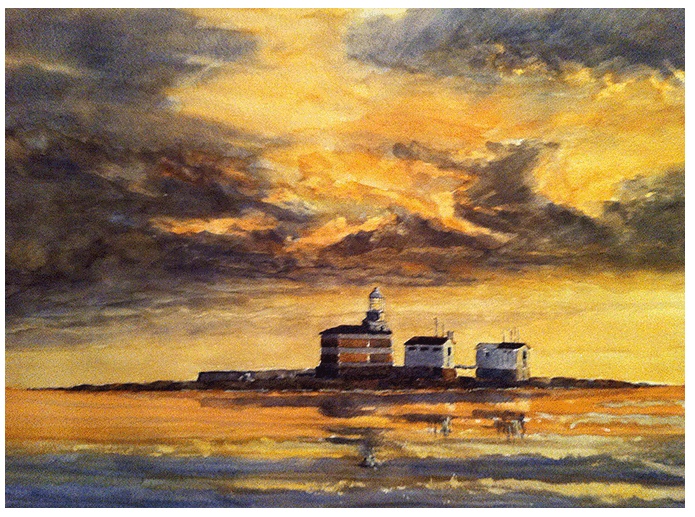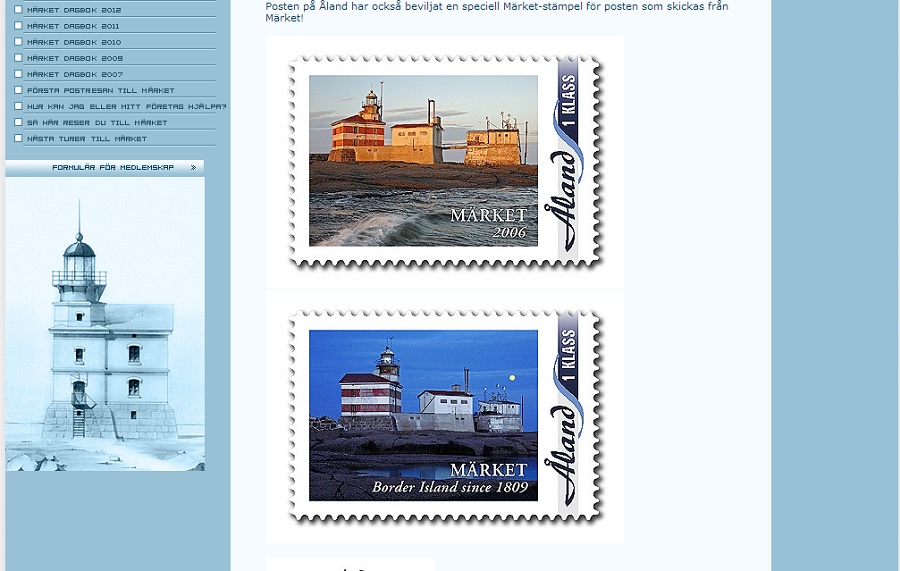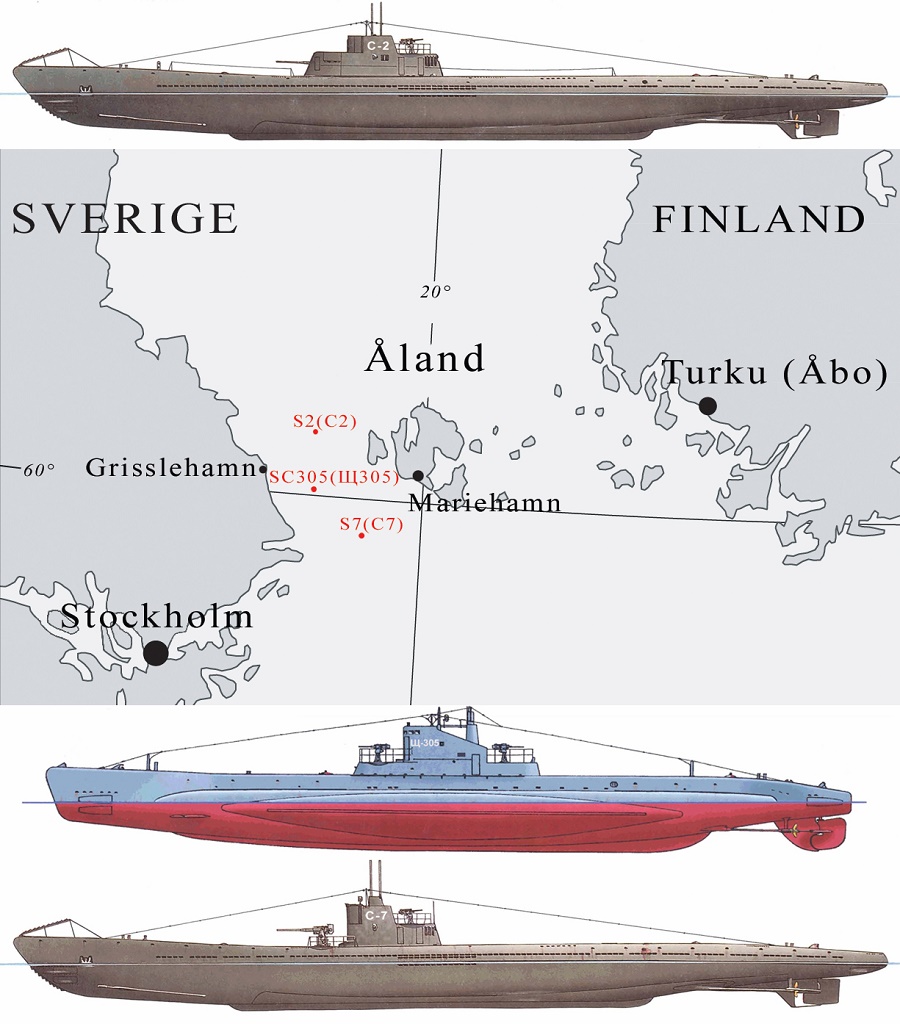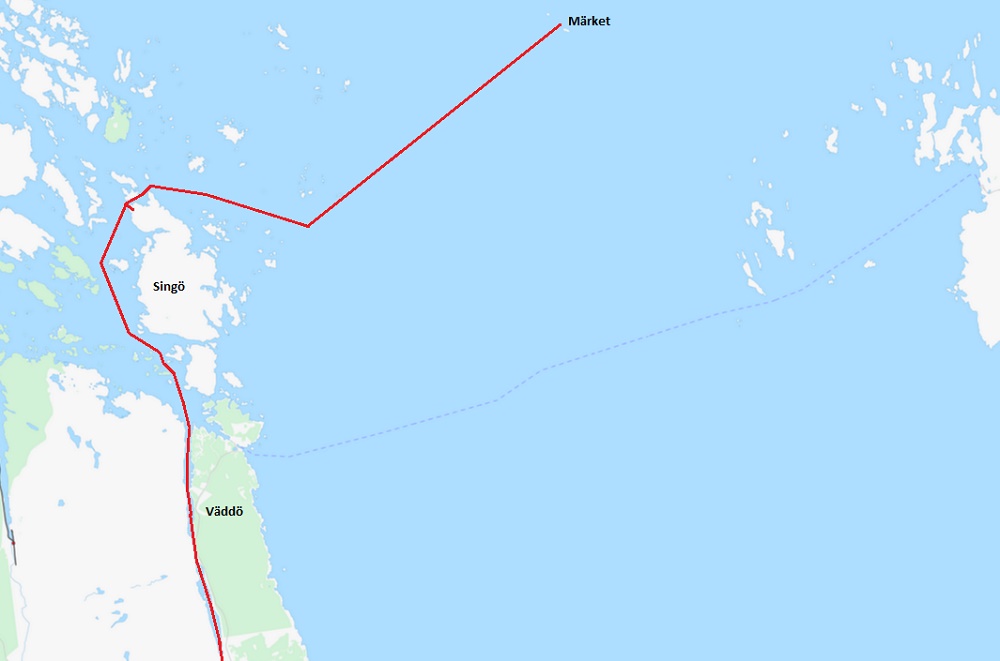
 1993
1993


Around Aland and a visit to Märket
Örebro, Stockholm, Åland and Märket by Johan Kjellander 2014
Finally in the water again ! Last summer Lynx was on land for a big building project. Now she is almost 2 meters longer. In March this year, Gustav was born so we are now four in the family. With two children, one only three months old, we decided to take a relatively short trip in well known waters. We sailed to our summer house in Tengsödavik on Åland, spent some time there and then returned by the north route around Åland. We made a stop at Märket and then returned to the mainland through Väddö canal.
We took the usual route from Örebro through lake Hjälmaren and Mälaren to Stockholm and further to Åland. If you want to know more about sailing from Örebro to Åland, check the Cruising Log Books from 1987 and 2009, I will skip that part here and start in Mariehamn, the capitol of Åland.
Mariehamn
The largest harbour on Åland is Mariehamn. I have described how to get here in other Log Books but not said much about the city itself. Lets start with some history....
During the 19:th century when Finland and Åland belonged to Russia Mariehamn was founded by tsar Alexander the second and his wife Maria Alexandrovna. (Mariehamn = "Maria" from the tsars wife + "hamn" which means harbour.) Today Mariehamn is the capitol of Åland which is an autonomous region within the republic of Finland. Åland still has strong cultural bonds to Sweden however, the only official language for example, is Swedish.
Left: ÅSS Pavillion in the West harbour, © Visit Åland
Right: ÅSS marina, © Visit Finland
By the end of the 19:th century Mariehamn became a popular seaside resort. Tourists, mainly from the Stockholm area, came here for holidays and this stimulated the building of a Bath House Hotel, a Ballrom, a Villa for massage, physical training and medical treatment etc., all located in the so called "Bath house park". Architect Lars Sonck designed several of these buildings including a summer house in national romantic style for a Dr. Hellberg in Mariehamn. The summer house was built 1896 but moved to the west harbour in 1922 to become the main building for the Åland Yacht Club (Ålands Segelsällskap, ÅSS) where Hellberg was active. Today this spectacular building is a well known landmark for the marina in the west harbour, see above. It is now named the ÅSS Pavillion and houses a very good restuarant.
Mariehamn is built on a narrow penninsula and there are two harbours, one on each side. Coming from Sweden it is natural to use the harbour on the west side. Be aware of the big cruising ships from Sweden, Estonia and Finland on their way to the ferry terminal.
Mariehamn from above, photo by Heidi Ms Ikonen, © Visit Åland
There are also two Yacht Clubs in Mariehamn. I have already mentioned ÅSS in the west harbour. This a very active club with two marinas (Mariehamn and Rödhamn) and a lot of sailing arrangements on the program. Every Wednesday a 606 boat race is arranged in Mariehamn and once a year an international Regatta. ÅSS also arranges the Offshore Race "Around Åland" and the speed competition "Åland Sea Record", 21 NM from Åland to Sweden which is currently held by a trimaran sailing the distance in just a litte more than one hour !
The other Yacht Club is MSF (Mariehamns Seglarförening) and they run the marina in the east harbour. This is also a very active club with regattas for Laser and Optimist dinghies, local races for keel boats every Monday and also a competition for Int. 5m yachts. There is also a program for motorboats and races are arranged for the F2000 class. If you plan to stay for more than a few days in Mariehamn I recommend the east harbour because it is a little more protected, has more space and lies closer to the centre of the city.
Sjökvarteret, photo by Henna Knuutila (left) and Ingmar Eriksson (right), © Visit Åland
In the east harbour you will also find the Maritime Quarters (Sjökvarteret), a place where old boat building traditions are kept alive. Ships like Albanus and Linden have been built here but also many smaller boats. Every year something is being built in the shipyard. There is also a museum, a cafe, a chapel and shops for traditional handicrafts. I often stop at the Maritime Quarters to see what´s going on when I visit Mariehamn.
Mariehamn - Tengsödavik
The marina in the east harbour is a good starting point if you want to see the inner waters of Åland. You would then start by going through Lemströms Canal into Lumparen. From Lumparen you can continue east and out into the big archipelago between Åland and Finland, or you can go north past Bomarsund into the northern archipelago. This is the route we use to reach our summer house in Tengsödavik. Another possibility is to go north east, deep into the mainland and discover Saltvik or visit the castle of Kastelholm.
Lemström Canal, photo by Heidi Ms Ikonen, © Visit Åland
It takes a couple of hours to pass Lumparen from Lemströms Canal to Bomarsund and then a few hours more to reach our summer house in Tengsödavik.
The bombardment of Bomarsund 1854, artist unknown © Public domain
In Bomarsund there is a small marina and also the ruin of a big Russian fortress destroyed by joint English/French forces during the Krim war 1854. This is a good place to stay for the night but we usually do the trip from Mariehamn to Tengsödavik in one day.
Märket
We spent almost three weeks in Tengsödavik and during that time I repaired our autopilot, an Autohelm 6000. After telephone consultation with a specialist at Nobelius in Stockholm I understood that the electronic board in the controller unit in the cockpit needed replacement. He sent me a new board as a loan and promised he would repair my old board during the winter, which he also did to a very reasonable price. That, I call service ! During 15 years with Lynx this is the only reparation I ever did on that autopilot.
We left Tengsödavik by the end of July and sailed north west, around the top of Åland. First night we anchored in the Geta archipelago, close to Ramsholm. This is a very calm and beautiful part of Åland with smooth cliffs of red granite (Rapakivi).
Märket, photo by Islander © CC-BY-SA 3.0
Next day we continued to Märket, a small island and lighthouse. As you see on the map above it has a very lonely position right in the middle of the sea between Finland and Sweden. There is no harbour so you need good weather to get ashore. We actually tried when we passed here two years earlier but that time the sea was too rough.
Märket, by Oona Räisänen, © Public Domain
Märket is a very interesting place. It's a small lonely island with no trace of humans except for the lighthouse. It is also said to be the smallest island in the world to be divided between two nations. The lighthouse was originally built by the Russians in 1885 but unfortunately they managed to build it on the wrong side of the border. One hundred years later, in 1985, the border was changed so that the entire lighthouse now belongs to Finland. The change was made so that neither nation would loose any land, see above.
There is no harbour on Märket and anchoring is difficult. The south side is shallow with lots of rocks and I would not recommend the south side except in extremely calm weather. We anchored on the north side which is very deep. It works in southerly winds when you can let your anchor go as close as possible to the shoreline. You need a dinghy and always let one person stay on board to check the anchor.
Märket lighthouse, photo by Torbjörn_Dalnäs, © Svenska Fyrsällskapet
To the right you see the lighthouse and to the left are two storage buildings. In one of them there was a log book that we signed.
Märket lighthouse, photo by Torbjörn_Dalnäs, © Svenska Fyrsällskapet
The small white building above is the toilet. Waste is automatically washed away by the sea and the ventilation is also natural since the door is missing.
Watercolor of Märket, with permission, © Jörgen Carlsson
Märkets lonely position and interesting history makes it a popular motif for artists. Above is a watercolor by Jörgen Carlsson.
Märket stamps, © Finlands Fyrsällskap
Märket was also used as a motif on stamps published by the Finnish Lighthouse Society (Finlands Fyrsällskap) in 2006. According to their website Märket is in need of reparations and the society raises money and sends volunteers to Märket every summer for maintenance work.
Submarine wrecks in the Sea of Åland, by Bjorn Rosenlof, © CC-BY-SA 3.0
Märket offers interesting possibilities for diving. More than 30 ship wrecks have been found in the waters nearby and new wrecks seem to pop up every now and then. In 2009 the Russian submarine S2 was found by a group of Swedish divers. This submarine was last observed on the 3:rd of January 1940 by personnel on Märket and had never been seen since.
According to Wikipedia the same group of Swedish divers have also discovered two other Russian submarine wrecks from the second world war, the S7 and the SC305, see above. In 2011 the Russian minister of defence awarded them with a Russian medal of honor during a ceremony in Saint Petersburg.
Märket is also popular among radio amateurs. Due to its lonely position with no land nearby it has good radio conditions and HAM enthusiasts from many countries have been here to try their equipment. The Finnish part of the island even has a radio signal prefix of it´s own, OJ0 (Oscar Juliett Zero), which can be used by amateurs sending from Märket.
Back to the Swedish mainland
After discovering Märket we celebrated our visit with a glass of champagne and set sail to find a protected anchorage for the night on the north side of Singö.
South of Singö is Väddö. Together they offer a well protected but sometimes narrow waterway south to the Stockholm archipelago. I used this route in 1984 when I sailed Lynx single handed from the north and you can read more about it in the Crusing Log Book of that year.
I have also described the route between Stockholm and Örebro several times in other log books so I will end 1993 here. It was nice to see that we could sail with two small children, one only a few months and still visit interesting places like Åland and Märket. With good planning and preparations children are no problem on a sail boat, you can have lots of fun together. We sailed back to our home port in Örebro and on the 26/9 the season ended with 770 NM sailed.
